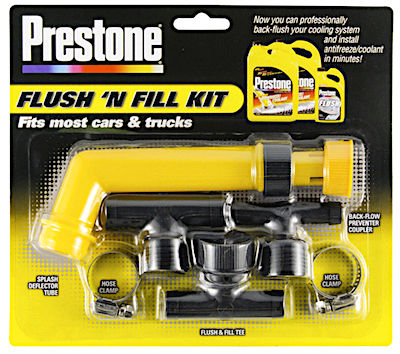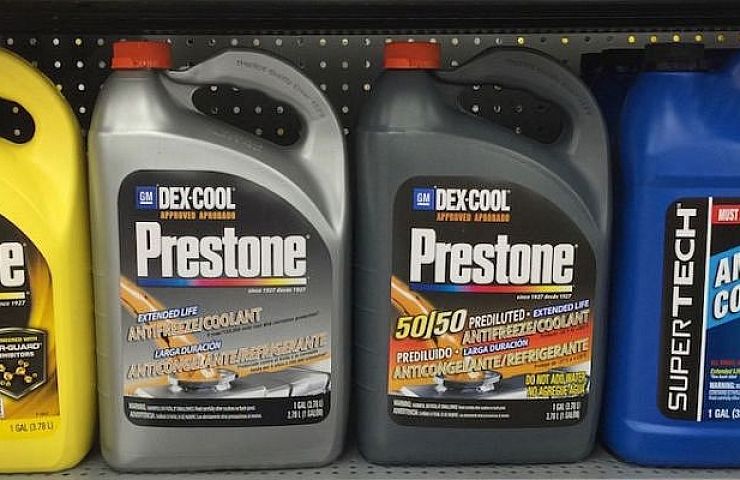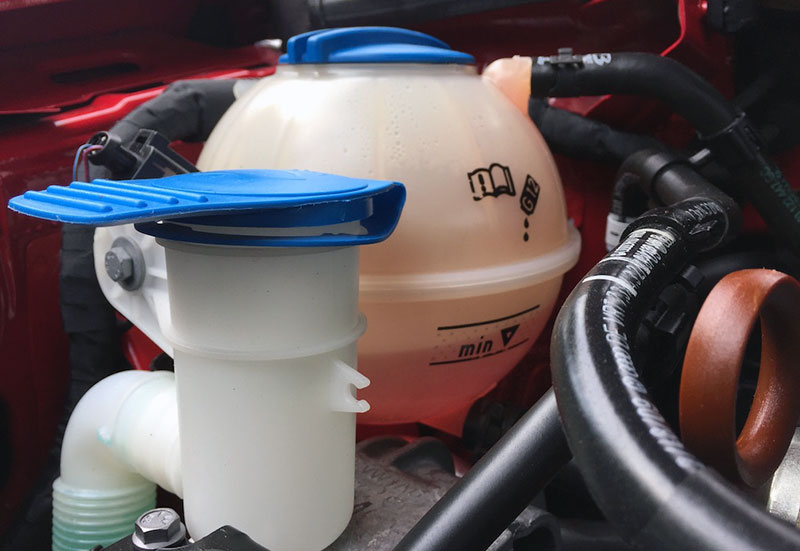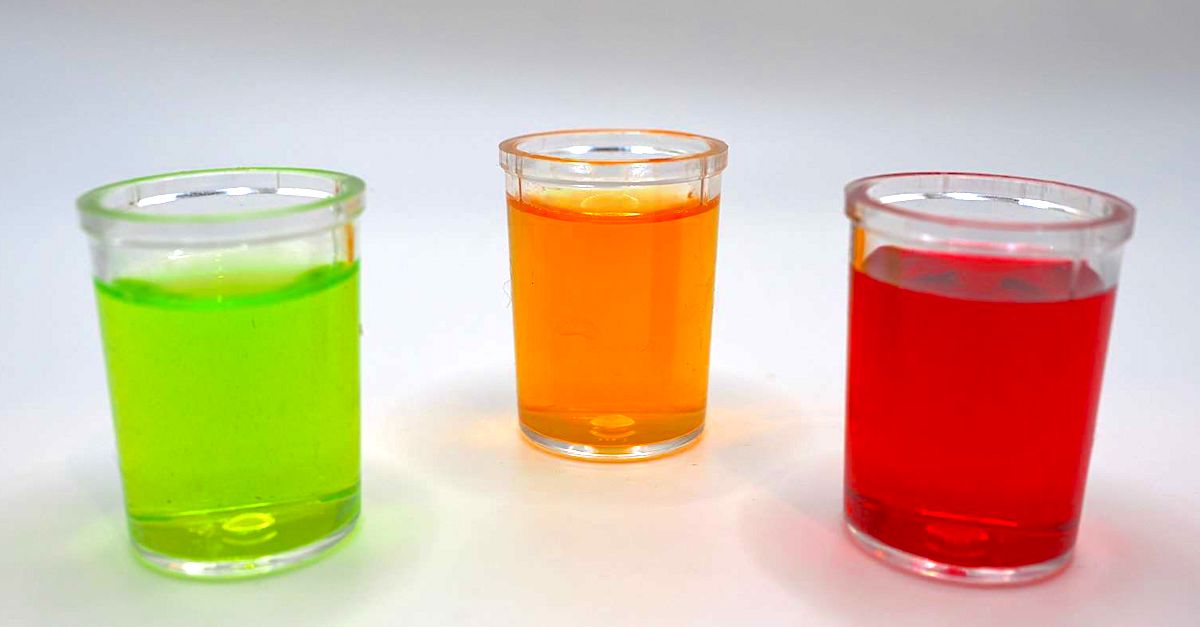Back in the day, buying antifreeze was simple. Just grab any jug of antifreeze. They were all green and worked the same way. But these days, there are many different types and colors.
Modern antifreeze is made of a mixture of ethylene or propylene glycol and has various inhibitor additives. These inhibitors are the key ingredients that protect your engine from corrosion, rust, and material degradation. They can be specific to different engine materials, so beware: Putting the wrong antifreeze or mixing different types of coolant in an engine can cause significant problems.
Here’s a quick overview of the antifreeze types.
The Original Coolant
Inorganic acid technology (IAT) is the traditional bright-green antifreeze that has been around since the 1920s. IAT contains silicate or phosphate additives to prevent rust and corrosion in metal cooling systems made of iron, steel, brass, or copper. Because these additives are consumed over time, most manufacturers recommend that this antifreeze be replaced every two to three years or 30,000 miles.
Shop now for antifreezeWhile this type of antifreeze was the primary coolant used in domestic cars and trucks in the 20th century, it’s hardly used today.
The New Antifreeze
Organic acid technology (OAT) antifreeze is used by most manufacturers today and is produced in several colors. The color coding can make picking the correct antifreeze for your vehicle easier. OAT antifreeze differs from IAT in that it does not contain silicate or phosphate inhibitors. This makes the antifreeze last much longer. It does contain other additives to protect the cooling system from corrosion and rust. It’s designed for aluminum engines and will extend the life of water pumps and seals.
Hybrid organic acid technology (HOAT) antifreeze combines the advantages of IAT and OAT with nitrate and silicate inhibitors and other additives. It’s sometimes called “global” antifreeze because it meets or exceeds requirements for cooling systems in cars manufactured starting in 2002. HOAT coolant, which comes in several colors, has a long life.
It’s recommended to replace OAT and HOAT about every three to five years or 150,000 miles. OAT commonly lasts longer than HOAT, which is often cheaper. Consult with your vehicle’s owners manual to determine what the manufacturer recommends to use.
Adding Antifreeze
When purchasing a new jug of antifreeze, ensure you have the right one for your car. Do not mix colors. Use only the same type of antifreeze that’s already in the vehicle.

The Right Mix of Water and Antifreeze
The one universal coolant that everyone agrees on is water. But since water freezes, mix it with antifreeze. If you use antifreeze concentrate, don’t just pour it in—mix it 50/50 with distilled water. If you live in really frigid surroundings, you might need a 70-percent antifreeze mix.
Don’t use tap or filtered water because the minerals in non-distilled water can form scaling in your cooling system and clog your radiator. Using pre-mixed antifreeze takes out all of the guesswork, and you can pour it in.
Shop now for antifreezeIt’s wise to check the antifreeze level every time you change your oil. Look at your car’s coolant expansion tank to gauge if you need to add coolant. Never open the radiator directly, especially if the vehicle is hot. Pressurized, scalding hot antifreeze can shoot out of the radiator and cause severe burns. When topping off, always add a 50/50 mix of water and antifreeze.
Caution
Antifreeze is poisonous to animals. Immediately wipe up any spillage. Return old antifreeze to your local hazardous materials recycling center for safe disposal.








